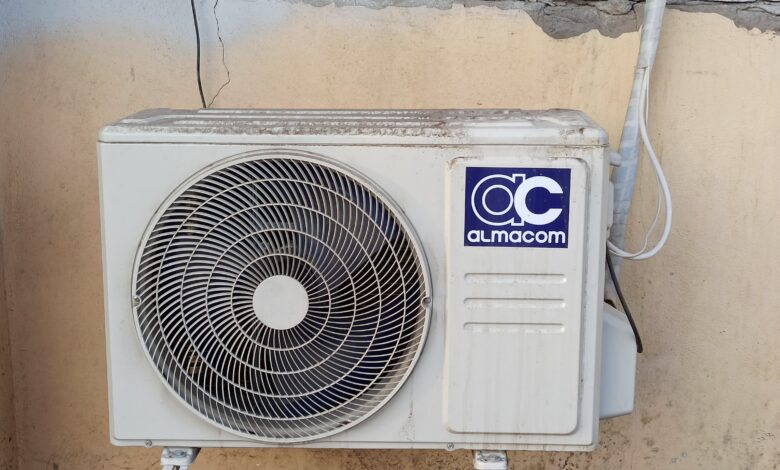
Right Tips to Unclogged AC Drain Line?
Right Tips to Clean and Maintain Your AC Drain Line
Introduction
Your air conditioning system relies on a functional drain line to remove excess condensation. Regular maintenance ensures efficient cooling and prevents water damage. In this article, we’ll explore how to clean and maintain your AC drain line.
Signs of a Clogged Drain Line
Before diving into cleaning methods, let’s identify the signs of a clogged drain line:
- Puddles of Water:
- If you notice water pooling around your indoor AC unit or near the condenser outside, it’s likely due to a clogged drain line.
- The condensate pan overflows when the drain line is blocked.
- Musty Odor:
- A clogged drain line creates a moist environment, perfect for mold and mildew growth.
- A musty smell from your AC unit or vents may indicate a clog.
- Reduced Cooling Efficiency:
- A blocked drain line restricts airflow, affecting your AC’s cooling performance.
- Ice Formation on Evaporator Coil:
- A clog can cause freezing on the evaporator coil, impairing cooling efficiency.
- Unusual Sounds:
- Listen for gurgling or bubbling noises, which may indicate a clogged drain line.
Cleaning Methods
Now that we know the signs, let’s explore effective cleaning methods:
- Flushing with Clean Water:
- Turn off your air conditioner.
- Locate the drain line (usually a PVC pipe) near the indoor unit.
- Pour clean water directly into the pipe to flush out debris.
- Avoid high-pressure water and dish soap.
- Chemical Drain Cleaners:
- Use commercial drain cleaners like Drano or Mr. Plumber.
- Follow the instructions on the bottle.
- Wear protective gear while handling chemicals.
- Vinegar and Baking Soda:
- Mix 1 cup of distilled white vinegar with half a cup of baking soda.
- Pour the mixture down the drain line.
- Let it sit for 30 minutes before flushing with water.
- Bleach Solution:
- Pour 1 cup of bleach into the drain line’s access opening.
- Kills algae, mold, or mildew.
- Use a wet-dry vacuum or pump if the line is clogged.
Maintenance Schedule
Follow these guidelines for maintaining your AC drain line:
- Monthly Check:
- Inspect for visible debris or algae growth.
- Clean promptly if needed.
- Seasonal Cleaning:
- Thorough cleaning at the start of each cooling season.
- Use one of the cleaning methods mentioned above.
- Monitor Performance:
- Address leaks or clogs promptly.
Remember, a well-maintained AC drain line keeps your system running smoothly. Stay cool!




